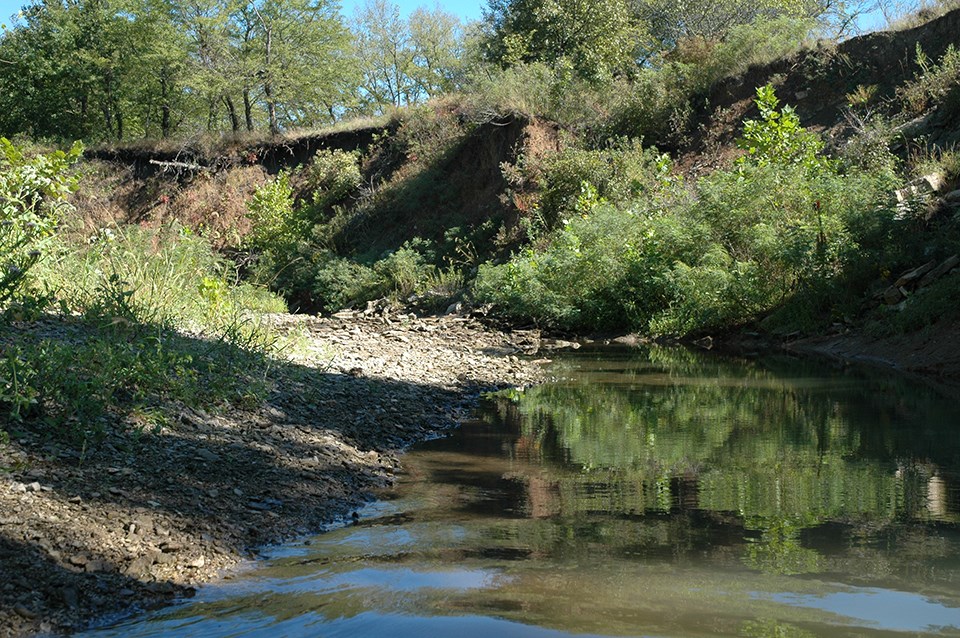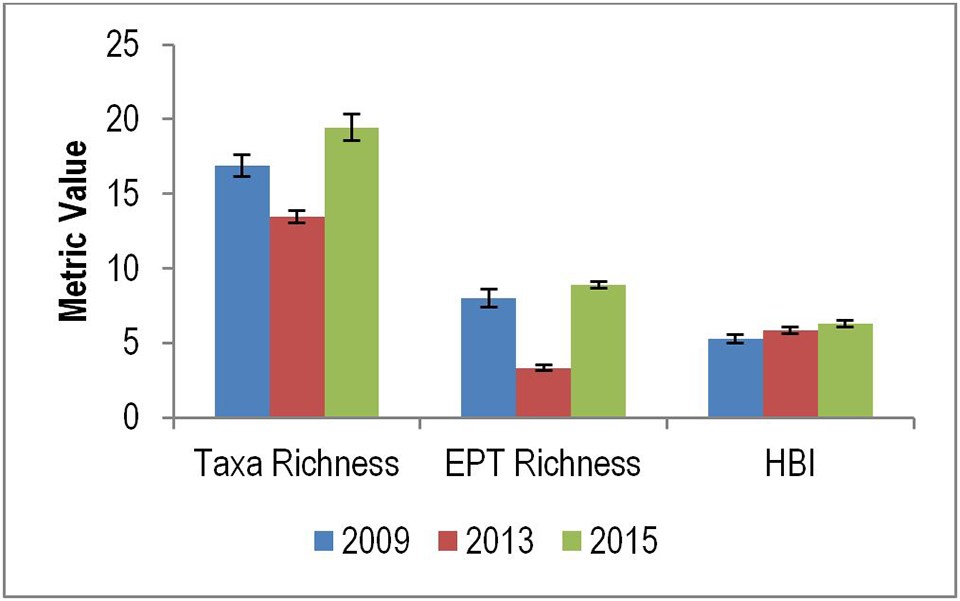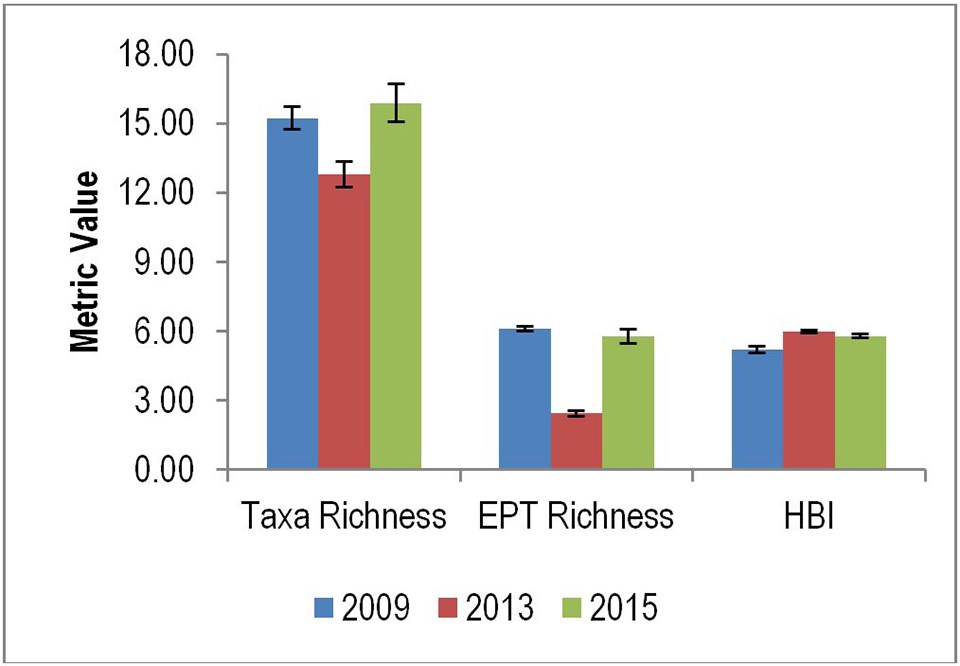Last updated: October 8, 2020
Article
Aquatic Invertebrate Monitoring at Tallgrass Prairie National Preserve

NPS-Photo

NPS

NPS
View the Full Report. (pdf)
Learn more about the Heartland Inventory & Monitoring Network.
Data in this report were collected and analyzed using methods based on established, peer-reviewed protocols and were analyzed and interpreted within the guidelines of the protocols.
Learn more about the Heartland Inventory & Monitoring Network.
Data in this report were collected and analyzed using methods based on established, peer-reviewed protocols and were analyzed and interpreted within the guidelines of the protocols.
